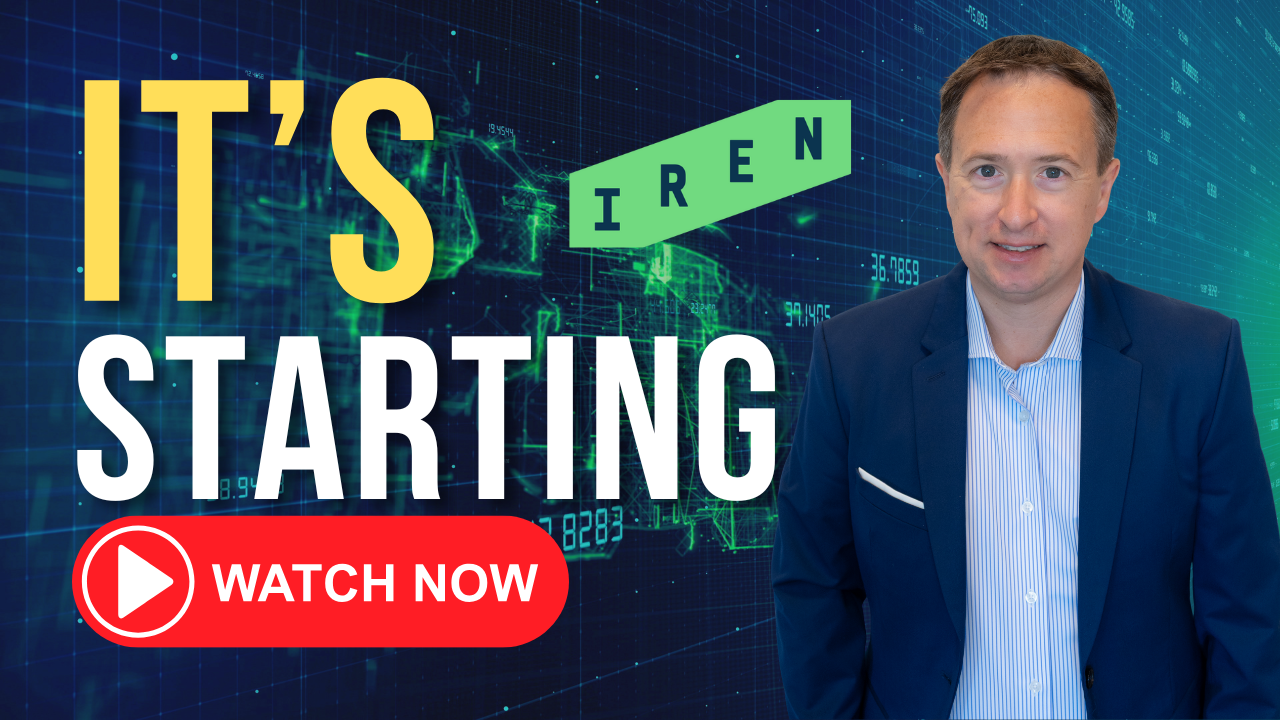Nvidia's (NVDA +2.92%) $100 billion agreement with OpenAI underscores a critical shift in artificial intelligence (AI): the limiting factor is no longer chips, but power. Each gigawatt of computing capacity draws on the scale of a nuclear reactor, making electricity the new bottleneck in AI growth. That dynamic puts fresh attention on companies working to build, supply, and optimize the infrastructure behind these energy-hungry systems.
Here is an overview of three companies tackling different edges of the looming AI energy problem.

Image source: Getty Images.
The pivot play
Iren Ltd. (IREN +0.07%) has transformed its roots as a Bitcoin miner into a broader play on high-performance computing. The company is redeploying its energy-intensive infrastructure to support artificial intelligence, acquiring massive GPU fleets that include Nvidia's B-series accelerators and AMD's new MI350X chips. That pivot is already showing up in the numbers: revenue climbed 226% year over year to $187 million in Q4 fiscal 2025, while gross margins improved as higher-value AI services began to supplement traditional mining.
What sets Iren apart is its optionality. Investors get exposure to both crypto mining and AI cloud services, two markets with very different cycles but equally steep growth curves. That diversification helps cushion the downside if one segment stumbles. Just as important, Iren has been named a Nvidia preferred partner, giving it priority access to scarce GPUs when others are stuck waiting in line.

NASDAQ: IREN
Key Data Points
The stock has surged 326% year to date, reflecting investor enthusiasm, but the AI cloud segment is still in its early innings. The main risk is utilization: if customer demand doesn't keep pace, expensive GPUs could sit idle while fixed costs pile up. Still, Iren has so far executed well on its transition, positioning itself as one of the more credible emerging players at the intersection of compute and energy.
The infrastructure moonshot
Applied Digital (APLD 6.12%) designs and builds AI-optimized data centers from the ground up. Its flagship Polaris Forge campus is planned to scale to 1 gigawatt of capacity -- enough to power a small city. A marquee lease with CoreWeave validates demand for its high-density facilities, but the stock already trades at roughly 34 times trailing sales, far above peer multiples.

NASDAQ: APLD
Key Data Points
That valuation captures both the upside and the risk. If Applied Digital delivers on schedule and secures high utilization at premium rates, early investors could see outsized gains. But construction delays, cost overruns, or permitting issues could quickly erode returns. The stock's sharp swings this year underline just how much speculation is embedded in today's price.
The optical wildcard
Poet Technologies (POET 6.64%) is targeting one of AI's hidden bottlenecks: the energy cost of moving data inside data centers. Its optical interposer platform uses light instead of electricity for chip-to-chip and rack-to-rack communication, aiming to cut power consumption while boosting speed.

NASDAQ: POET
Key Data Points
Poet has begun generating modest revenue from early product sales and engineering services, but it's still burning millions each quarter as it scales R&D and manufacturing. Recent demos -- including 1.6-terabit optical engines and partnerships with module makers -- highlight the technology's potential, yet volume orders haven't arrived.
With a sub-$500 million market cap, the stock carries lottery-ticket risk/reward: meaningful upside if design wins materialize, but significant execution risk until revenues reach scale.
The power portfolio
For AI infrastructure exposure beyond Nvidia, Iren offers the cleanest entry point. Applied Digital could deliver spectacular returns if execution keeps pace with ambition, but the stock's current premium leaves little room for error. Poet, for its part, is a high-risk lottery ticket.
In powering AI's next phase, investors are better off backing companies with real infrastructure and revenue today, not just technology promises. Iren's dual business model and existing capacity make it the most defensible bet, though patient investors might wait for pullbacks given the 326% year-to-date surge. The power crunch is real -- but paying up for unproven solutions rarely ends well.









